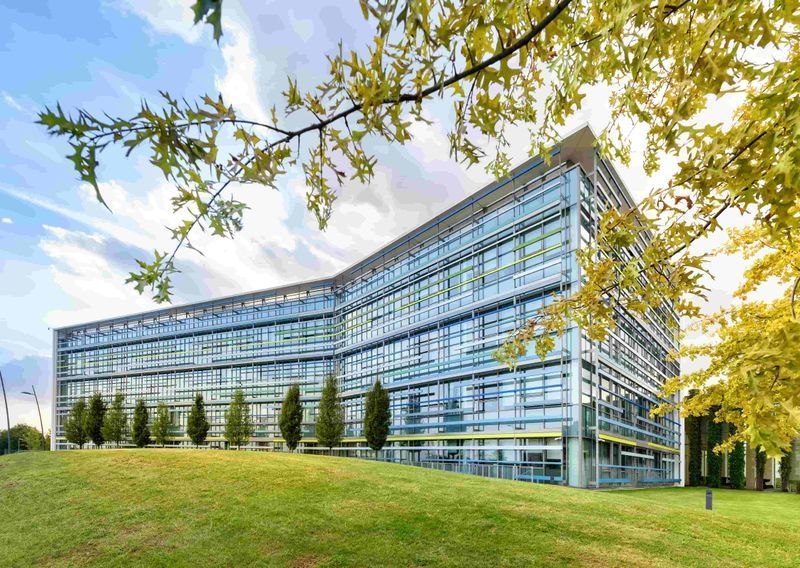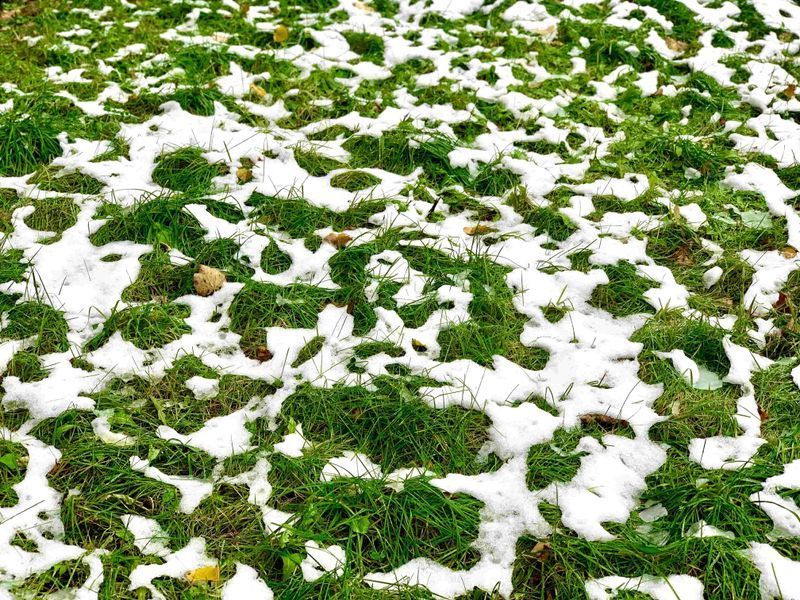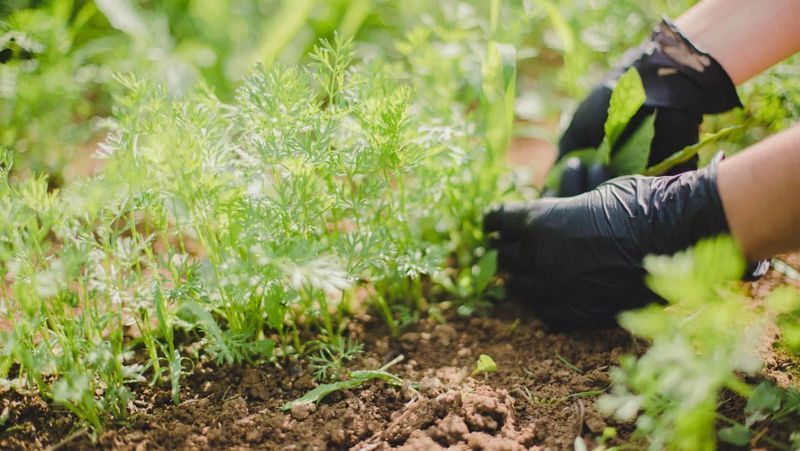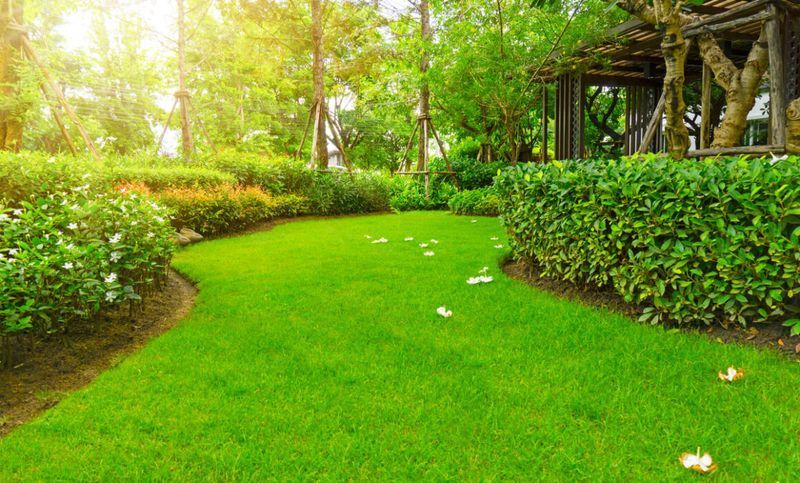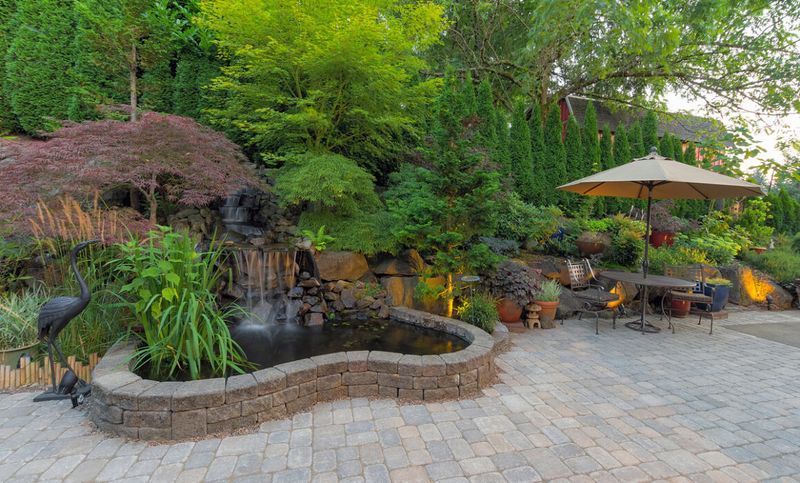Three Ways To Conserve Water In Landscaping
Many of us are becoming more aware of how our home landscapes play a part in wasting water or its conservation. Water is becoming a scarce natural resource in many parts of our country.
Landscape design
is becoming more focused on water conservation and adopting water-wise practices in residential and commercial landscaping.
Approaching landscape design with the goal of responsible land stewardship benefits the homeowner, community, and the environment. When we are mindful about using and managing water and water sources efficiently, we can reduce unnecessary water usage and its costs. You don’t have to design a new landscape to implement these water-saving tactics in your plan; you can incorporate these ideas into your existing landscape to reduce the water used to maintain your property’s curb appeal.
Reduce Turf Space
Turfgrass is one of the biggest consumers of water in landscaping. Reducing the amount of lawn space on your property will significantly improve water conservation. Instead of covering your yard in turf grass, consider only using turf in areas where children and pets play. If you must use turf in large spaces, consider choosing drought-hardy grass that only requires minimal water to thrive. A good choice for turf grass that requires less water is Zoysia or Bermuda grass which is both easy to manage. Consider ways to incorporate natural spaces into your landscape to promote water conservation.
Improve Condition Of The Soil
Soil condition has an impact on water absorption and runoff. Your landscape needs water to thrive, and if your soil is impeding water absorption, you will likely use more resources to keep it healthy. When planting, amend soils generously with organic material such as wood chips, peat moss, straw, grass clippings, or manure. You can also use commercial soil amendment products designed to encourage water retention. These additions to your soil will increase the soil’s water retention capacity and allow more natural drainage preventing runoff.
Use Water-Retaining Mulch On Landscape Beds
Mulch provides a protective layer between the air and a plant’s root system and encourages water retention. Mulch such as pine needles and shredded hardwoods retain moisture which keeps the plant’s roots from drying out too quickly. Not only does mulch keep the plant healthy, but it keeps water from evaporating too quickly into the atmosphere. If you live in an arid and hot climate, avoid using too much rock around your plants as it radiates heat, damaging plants and promoting water evaporation.
Consult Your Landscaping Company About Ways To Conserve Water
To begin implementing water-saving tactics in your landscape, consult your landscaping company about what will work best in your yard.
Related Blogs
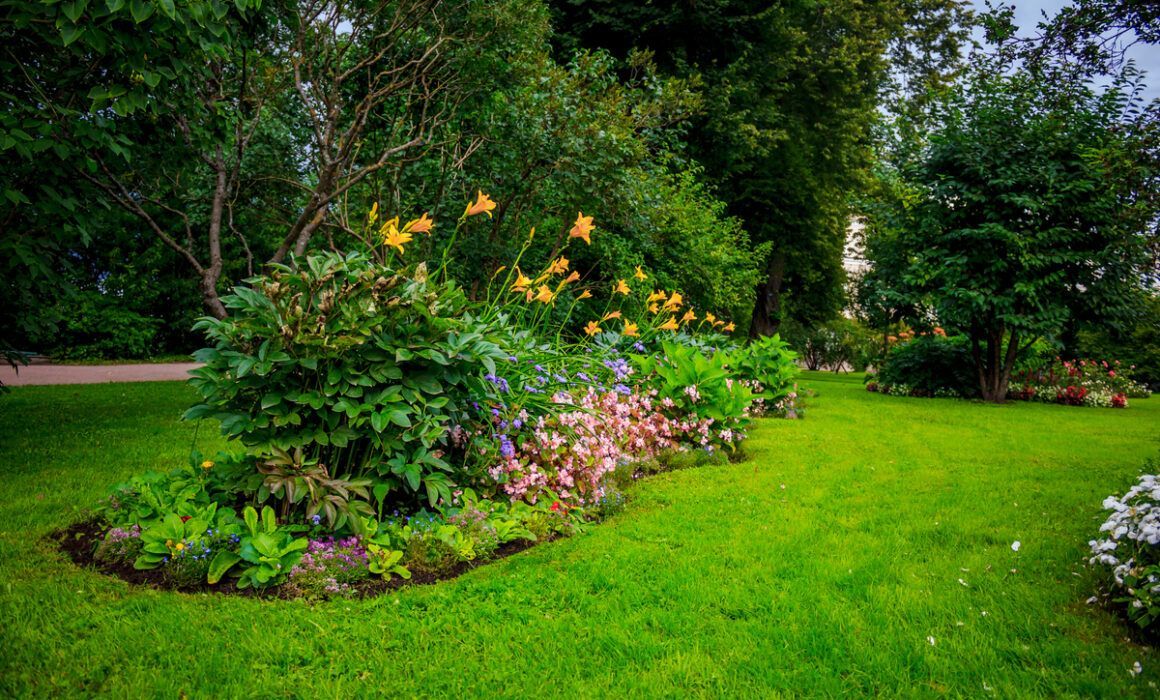
Green Life Property Service


